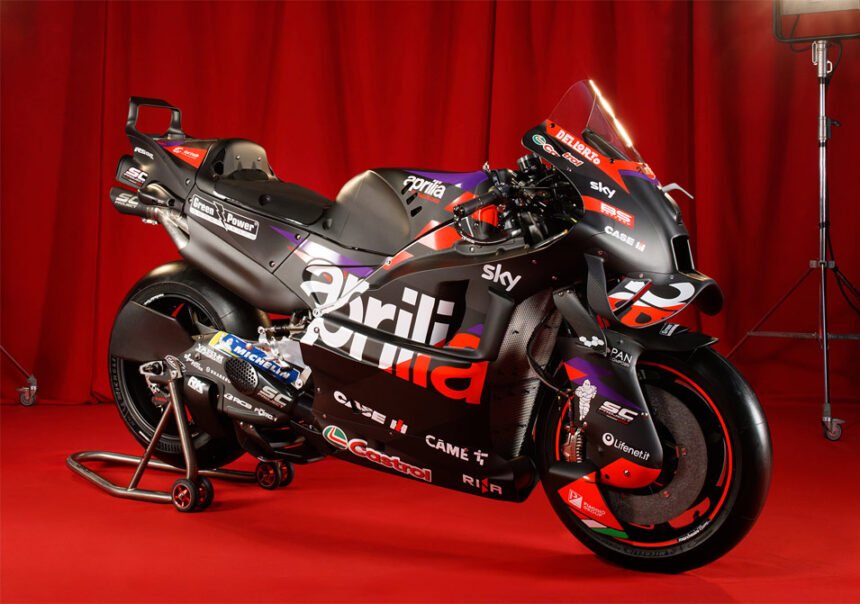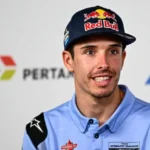The FIM has released Draft Points for Changes to the MotoGP Technical Regulations which will take effect in 2027. The changes have some quite extreme things such as banning Holeshot and Ride Height Devices. However, as significant as the proposed regulatory amendments are, the draft points of these changes will immediately reveal pros and cons. Casey Stoner, first present, was immediately pessimistic about this plan which could change MotoGP, meanwhile Via GPOne Aprilia technical director Paolo Bonora said many things, some of which were quite positive, namely that the new MotoGP regulations would restore the central role of racers.

“The main goal is to stop the explosion of aerodynamics that we have seen over the last 4 or 5 years,” Paolo Bonora began with a choice of quite emphatic sentences “This (Aerodynamics department) is the department that produces the most new things, at least at Aprilia, never stops and it is the right action to set the Limit.
If this is not done, costs will increase and this spike will not be sustainable in the years to come. From this point of view, we are starting on the right foot and there is also a general alignment in reducing performance. “

Point Draft This new regulation is a decision and the result of a joint compromise between the MotoGP Manufacturers. Initially Aprilia was not a supporter of 850 cc and Bonora explained the reason at that time “because that (down to 850 cc) meant completely redesigning the engine, so we chose to reduce performance but still use 1,000. However, to reach an agreement with other manufacturers, we aligned the 850 cc engine with a 75 millimeter engine. Our hope is that substantial reductions in power and top speed are necessary to stop this escalation.”
” In recent years we see difficulties in overtaking: behind another rider, the aerodynamics do not work as well as when you are alone, the temperature and pressure of the front tires rises, the brakes get hot. This (regulatory change) is intended to make overtaking easier and thereby improve performance.”

As we have discussed, reducing the width of the front fairing and increasing the dimensions of the nose of the front fairing will clearly have an impact on the dimensions of the winglets and as we know, the general formula for downforce is very dependent on the area of the wing surface. For Aprilia, it is clear that the point of this regulation is not too ‘miserable’. As we know, from the start, Aprilia seems to be more focused on Ground Effect to find downforce.

Apart from that, there is the removal/banning of RHD and Holeshot regarding this. Paolo Strongly agrees “Release it. In the beginning today motorbikes are like crawling on asphalt: creating a device that further lowers the motor would involve completely redesigning the exhaust, the oil pan, the bottom of the engine at an excessive cost. In addition, the Start Process is becoming less and less varied, the chances of errors are getting smaller, and this is detrimental to the show.
” Completely eliminating rear and front lowering devices would mean less expense and put riders back in the middle of the action: less technique and more riding, to sum it up. The same is true in corners, where the bike will have more opportunities to jump, which is not the case now. Yes, because limiting the aerodynamics, prohibiting lowering devices, and reducing power will make the rider play around more. For example, he has to move his body to limit wheelies.”












